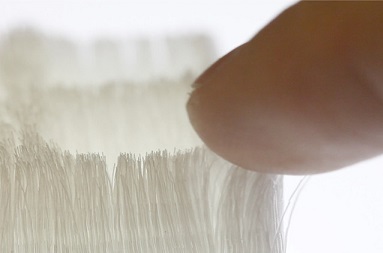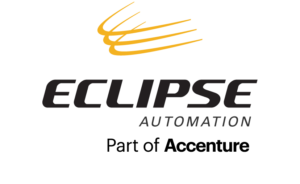 A team of researchers from Massachusetts Institute of Technology (MIT) have recently developed a method of 3D printing hair-covered surfaces. This method, which the team named Cillia, is capable of artificially reproducing substances covered in hair only 50 microns across, which previously could only be found naturally in nature.
A team of researchers from Massachusetts Institute of Technology (MIT) have recently developed a method of 3D printing hair-covered surfaces. This method, which the team named Cillia, is capable of artificially reproducing substances covered in hair only 50 microns across, which previously could only be found naturally in nature.
Cillia uses a bitmap-generating software package that allows for thousands of hair strands to be automatically produced at once. Because of this software, the team eliminates the process of creating each individual strand in 3D modeling software, drastically cutting down on design and print time.
Having the option to program and print hair offers new opportunity in a variety of different applications, from fashion all the way to engineering. Developers are able to program each hair precisely, to control its bend direction, length, and thickness. Depending on all of these characteristics the material will act differently and can be used in different products.
When the hair is vibrated, it acts as an actuator, moving objects along a specific path dependent on the hair’s characteristics. Cillia material can even sort objects by weight depending on the vibrations frequency, grouping similar objects together. This conveyer process could automatically move and sort objects in an industrial procedure, eliminating additional workers or machines from the line. Through the use of vibrational frequencies, the material can also be used as a rotary motor, linear motor, or a combination of the both, requiring no moving parts to operate.
Other possible applications for the hair-covered material include creating customized paint brushes for producing specific stroke patterns, artificial fur clothing which is anti-absorbent, and Velcro-like surfaces which creates a bond without adhesive.
Cillia is currently in its early stages and hasn’t been developed for wide-spread automation use. Until then, Eclipse can provide you with a variety of alternative sorting and feeding solutions, including vibratory bowl feeders, flex feeders, and conveyor belts, that help streamline processes and lower manufacturing costs.
Source: 3DPrint
